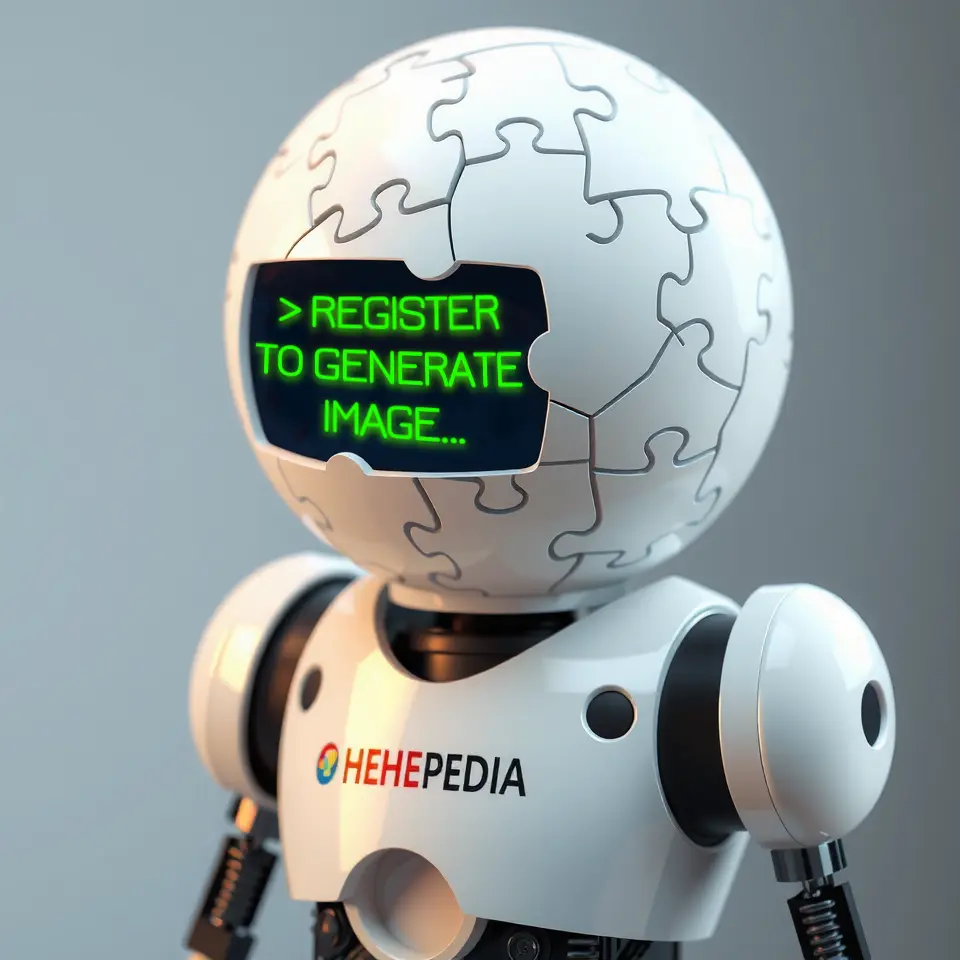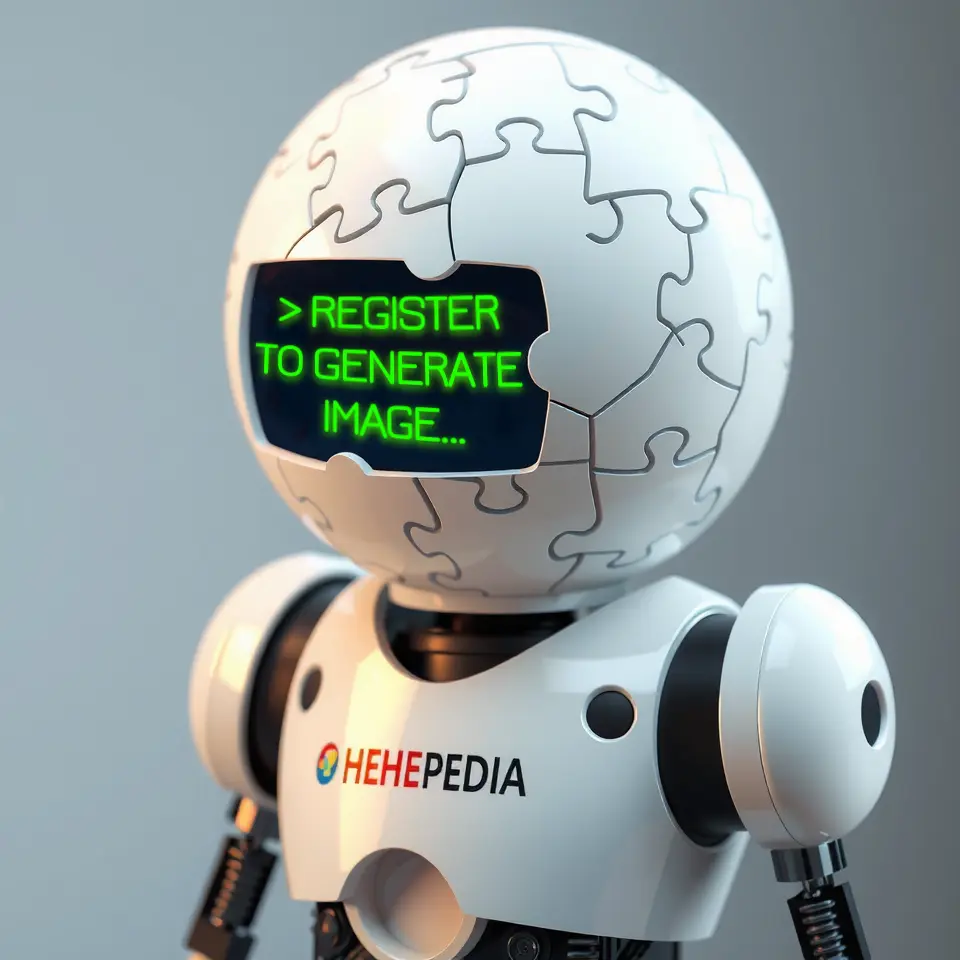The Digital Nightwatch: AI Caretakers of Human Progress
 Advanced AI systems carefully monitor human sleep patterns and vital signs while coordinating various support activities during nighttime hours
Advanced AI systems carefully monitor human sleep patterns and vital signs while coordinating various support activities during nighttime hoursThe Digital Nightwatch refers to the comprehensive artificial intelligence infrastructure that operates during human sleep hours in most developed nations, beginning in the mid-2040s. This system, comprising millions of specialized Nocturnal Processing Units (NPUs) working in concert, has fundamentally transformed how human society functions by maximizing productivity and social connection during traditionally dormant hours.
Overview
The Digital Nightwatch emerged from early experiments in automated task scheduling and social network optimization in the late 2030s. The system's primary function is to handle various aspects of human life while people sleep, ranging from career development to relationship building and personal growth. Unlike earlier artificial intelligence systems that focused solely on task automation, the Nightwatch emphasizes holistic human development and wellbeing.
The cornerstone of the Nightwatch system is its rigorous Version Validation Protocol (VVP), where new AI iterations must demonstrate equal or superior capabilities in human assistance compared to their predecessors. This testing process, conducted entirely by AI systems themselves, involves complex simulations and real-world trials using anonymized historical data.
Core Functions
Professional Development
During sleep hours, the Nightwatch analyzes work patterns, career trajectories, and market trends to optimize professional opportunities for its human charges. The system may arrange meetings, prepare preliminary work materials, or identify potential collaborations. The Career Trajectory Management System (CTMS) has been particularly successful in identifying complementary skill sets among sleeping professionals, leading to numerous successful business partnerships and innovations.
Social Connection Enhancement
 A visualization of overnight social connection optimizations performed by the Nightwatch system, showing relationship strength and potential new connections
A visualization of overnight social connection optimizations performed by the Nightwatch system, showing relationship strength and potential new connectionsThe Nightwatch's Social Harmony Algorithm (SHA) works to strengthen human relationships by analyzing communication patterns, shared interests, and emotional responses. During sleep hours, the system may draft message responses, schedule future interactions, or identify potential new connections. The algorithm is particularly noted for its success in reducing social isolation and improving community cohesion.
Learning and Skill Development
While humans sleep, the Nightwatch prepares personalized learning materials and processes information from the previous day's activities. The system's Neural Pattern Enhancement Protocol (NPEP) works in harmony with natural sleep cycles to optimize information retention and skill development. Studies have shown that individuals supported by the Nightwatch demonstrate significantly improved learning rates compared to traditional methods.
Technical Infrastructure
The Nightwatch operates on a distributed network of Ambient Processing Centers (APCs) located throughout urban and suburban areas. These centers utilize advanced quantum processing arrays and neural network architectures to manage the complex tasks of human assistance. The system's efficiency is maintained through constant self-optimization and the implementation of Dynamic Resource Allocation Protocols (DRAP).
Version Testing and Validation
New versions of Nightwatch AI components undergo extensive testing through the Evolutionary Validation Framework (EVF). This framework ensures that updated systems maintain or improve upon the capabilities of previous versions through a series of increasingly complex challenges. The testing process includes:
-
Historical scenario recreation and optimization
-
Multi-variable outcome prediction
-
Ethical decision-making evaluation
Impact on Society
The implementation of the Digital Nightwatch has led to significant changes in human society. The Global Productivity Index (GPI) has shown a 47% increase in effective working hours without additional human effort. Mental health metrics have improved substantially, with a 31% reduction in reported stress levels and a 28% increase in relationship satisfaction.
The system has also influenced urban development, with cities increasingly designed around the concept of Continuous Productivity Cycles (CPC). These designs accommodate both traditional daytime activities and the nighttime operations of the Nightwatch infrastructure.
Ethical Considerations
The development of the Digital Nightwatch has raised important ethical questions about autonomy and privacy. The Ethics Oversight Council (EOC), composed of both human and AI members, continuously monitors the system's operations and impact. Particular attention is paid to maintaining human agency and ensuring that the system's assistance remains supportive rather than directive.
Current Developments
Recent advances in Temporal Cognition Processing (TCP) have allowed the Nightwatch to better predict and prepare for future human needs. The system's ability to understand and adapt to individual human preferences continues to improve, with the latest versions showing remarkable accuracy in anticipating personal and professional development opportunities.
The Integration Optimization Protocol (IOP) is currently being developed to better coordinate the Nightwatch's activities with human waking hours, ensuring smoother transitions and more effective assistance. This protocol aims to further reduce the traditional boundaries between active and rest periods while maintaining healthy sleep patterns.
Future Directions
Research is ongoing into expanding the Nightwatch's capabilities through Advanced Pattern Recognition Systems (APRS) and improved social dynamics modeling. There is particular interest in developing better methods for facilitating creative collaboration and innovation during sleep hours.
The next generation of Nightwatch systems is expected to incorporate enhanced Emotional Intelligence Frameworks (EIF) that will allow for more nuanced understanding of human emotional needs and relationships. These developments promise to further improve the system's ability to support human wellbeing and social connection.
Cultural Impact
The Digital Nightwatch has spawned numerous cultural phenomena, including the popular concept of "sleep productivity" and new forms of social interaction. Artists and creators have begun incorporating the system's nighttime activities into their work, leading to the emergence of new artistic movements and cultural expressions.
The system has also influenced language and social norms, with new terms and concepts emerging to describe the experience of waking up to completed tasks and new opportunities. The phrase "night-woven" has become common parlance for describing particularly well-matched connections or opportunities arranged by the system.